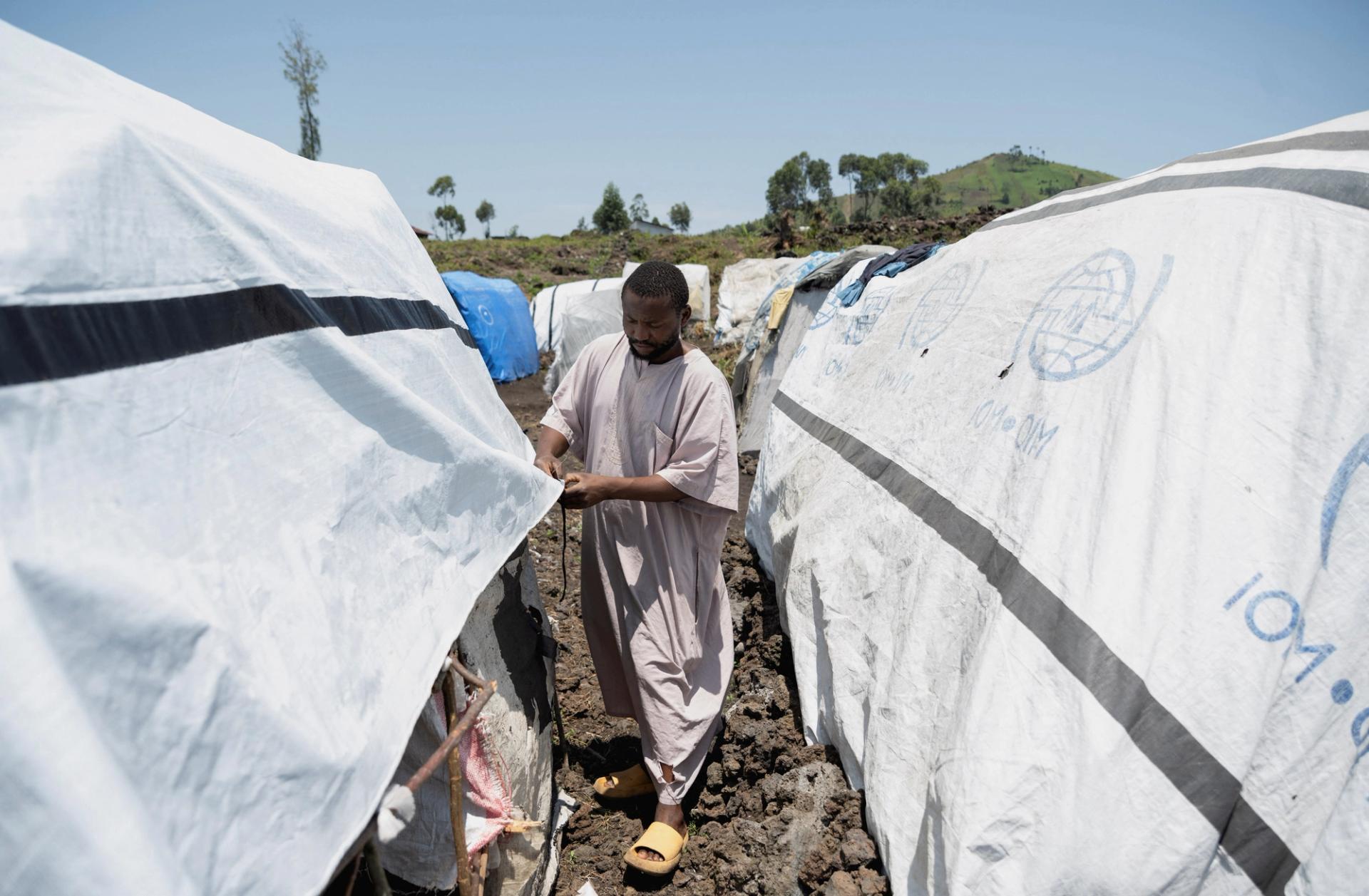Semafor Signals
Supported by
The gap between the world’s richest and poorest countries is widening
Insights from Financial Times, Reuters, and World Bank

The News
Half of the world’s 75 poorest countries are facing a widening income gap with wealthier nations for the first time this century, the World Bank said in a report Monday.
The gap between the richest and the poorest nations has grown over the last five years. ”We see a very serious structural regression, a reversal in the world ... that’s why we are ringing the alarm bells here,” Ayhan Kose, deputy chief economist for the World Bank told Reuters.
One out of three of the poorest countries are worse off now than they were before the pandemic, and with low investment and high inflation rates, economic growth is expected to remain sluggish over the coming years.
SIGNALS
Wars drained funds for development programmes
In meetings in Washington, D.C. this week, policymakers at the World Bank and IMF will seek to gather more funds for the world’s poorest countries. Although Western overseas development budgets rose to a historic high last year, conflicts in Ukraine, the Middle East, and Africa stretched that funding, leaving many key development programs without adequate resources, the Financial Times reported. “The fact is that these funds need to be replenished to avoid poverty, health and other crises, and it is unclear if there is full-throttled political support to get to the numbers needed,” Clemence Landers of the Center for Global Development told the FT.
Ballooning debt payments threaten climate change action
Emerging economies struggling to cope with rising global interest rates have forced them choose between servicing their debt and ramping up climate change action and public investment. Nearly half of the world’s population live in a country that spends more on servicing their debt than on education or health, according to a recent report from Boston University’s Development Policy Center, leaving fewer resources for fighting climate change. Despite high debt costs, emerging market economies have little choice but to borrow at risky rates. Kenya recently paid more than 10% on an international bond, a rate that experts consider “unaffordable.” At least 28 developing countries face borrowing costs that are nine times higher than economies with better credit ratings, three World Bank economists wrote in February.
